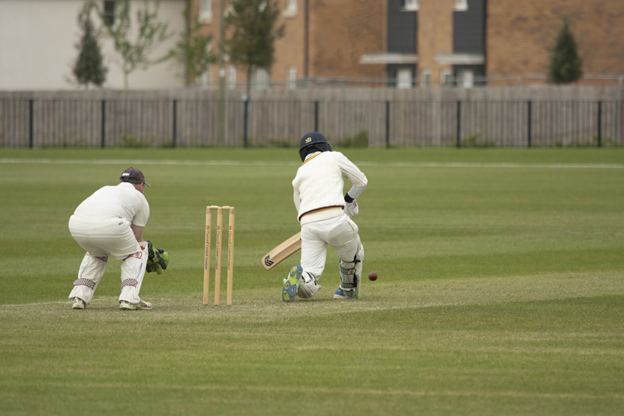
One of the most popular sports in the world has adopted technology in many ways that we never thought of before. Gone are the days when umpires used to depend entirely on their intuition, as there are now better systems that aid them in making the right judgment. In other words, technology cuts down on human error and brings a new thrill to passion as well. It is interesting how, with such improvements, cricket is progressing towards a direction where accuracy and justice will be a priority.
The Beginning of a New Era in Umpiring
The onset of technology in umpiring has brought a significant transformation in how calls are made in a cricket match. These include how sports teams can go about challenges with each other while identifying sports testing and making good use of available technology to call the games fairly. Umpires now have technologies such as slow-motion videos and systems used in tracking the ball, which aid them in their duties. Due to these technological advancements and their use in modern-day cricket, there is more in cricket betting since fans can know exactly how any sort of foul is used, and therefore, fairness is brought about in the game. This modification in the sport is helping everyone engaged in the sport to seek more out of it than before.

Elements in Contemporary Cricket Umpiring
At present, some important technologies are used in umpire decision-making during cricket matches. These include:
• Hawk-Eye: Assists with ‘LBW’ by showing the ball’s path.
• Ultra-Edge: Captures very thin edges on the bat.
• Hot Spot: Helps confirm the contact between ball and bat based on heat rather than on auditory sense alone.
These innovations make sure that the calls are as correct and just as they can possibly be, thus bringing down the level of controversial calls.
Umpiring in the Age of Technology
Technology is getting more and more integrated into many aspects of cricket, including umpiring. This changes the traditional way of making decisions on the field. It lessens the risks involved in human errors, thereby enhancing the accuracy of the most important calls made in the game, including all forms of LBW and catches. By helping umpires, technology also helps satisfy the fans by making them believe in a better and fairer game. This progress has also raised the level of fan involvement, considering the fun factor of every single call.
DRS (Decision Review System)
The DRS is consequential as one of the modern technologies used in cricket, which is dramatically changing the play overall. Incorporating this technology, players can appeal against the decision of an umpire, and for this, the player can use the 'Hawk-eye' or 'Ultra-edge' to look into the different situations in a match. DRS has most certainly eliminated the cases of wrong decisions or at least reduced them, as well as enhanced the standard of play. Fans can click on MelBet, watch current events concerning their favorite teams, and pay attention to how often DRS changes the course of the game. Such a system has proved to be accurate, as no decision is made without an electronic device supporting it to counter any allegations made against the game.
Data and AI in Real-time
Two of the most astounding inventions – real-time data and AI – have ushered in a new age in umpiring. The speed of the ball, its trajectory, and player movements are measured, and umpires have quick engagement on these close-decision points. This technique is further harnessed in the derivation of game patterns and prediction of the game, hence giving coaches and teams deeper perspectives. Such progress leads to increased effective use of artificial intelligence, bringing on board the advancement of coordination of operations, in particular decision-making processes in cricket.
Challenges and Controversies
However, technology in cricket umpiring is not free from challenges and controversies, such as:
1. Technical Errors: This is the failure of the system at times and leads to bad decisions.
2. Cost: The lesser-known leagues are not able to pay for this technology.
3. Human Element: Some people have an issue with reliance on technology too much. Mostly, they worry that the beauty of the game may be lost.
4. Delays: When using technology, it may take unreasonably long, leading to many breaks. Thus, the brisk momentum that normally characterizes matches is lost.
These problems lead to a debate on whether the game of cricket needs to be radically changed in various ways.
Global Adoption and Resistance
Although the technology has been fully embraced as a part of the umpire’s tools, only Australia and England use it. There is still resistance in some regions. Some countries feel there is a replacement for a human umpire and think technology is bad, while others are reluctant because of the costs. But, the extent of technology use is expanding in all directions as many teams begin to appreciate the importance of accurate decisions. The growth of fairness and accuracy is slowly penetrating the most hardliner regions.
Closing Remarks
It is clear that the future of cricket umpiring is going to be very high-tech. With AI and real-time information technology advancing further in the years to come, decisions will be quicker and more accurate. Certainly, there are still challenges that should be addressed, but the willingness for fair play will drive technology to advance. Cricket lovers should expect nothing less than a blend of traditional and modern cricketing experience. A fast, enjoyable, and fair game for all.


